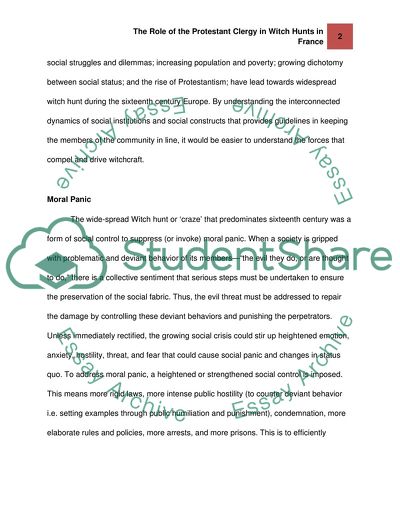Cite this document
(“The Role of the Protestant Clergy in Witch Hunts in France Book Report/Review”, n.d.)
Retrieved from https://studentshare.org/religion-and-theology/1569969-the-role-of-the-protestant-clergy-in-witch-hunts-in-france
Retrieved from https://studentshare.org/religion-and-theology/1569969-the-role-of-the-protestant-clergy-in-witch-hunts-in-france
(The Role of the Protestant Clergy in Witch Hunts in France Book Report/Review)
https://studentshare.org/religion-and-theology/1569969-the-role-of-the-protestant-clergy-in-witch-hunts-in-france.
https://studentshare.org/religion-and-theology/1569969-the-role-of-the-protestant-clergy-in-witch-hunts-in-france.
“The Role of the Protestant Clergy in Witch Hunts in France Book Report/Review”, n.d. https://studentshare.org/religion-and-theology/1569969-the-role-of-the-protestant-clergy-in-witch-hunts-in-france.


